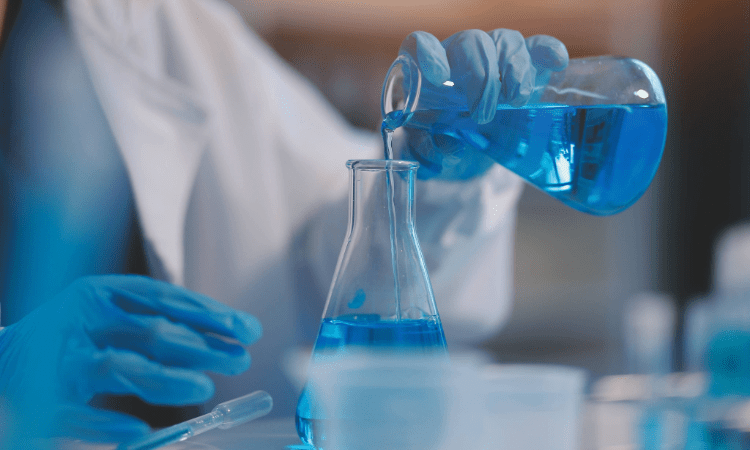Aldehyde Quantification: Laboratory Methods and Importance
Wat is aldehyde?

What is Aldehyde and Where Do We Meet?
Aldehydes are organic compounds that contain a carbonyl group in their chemical structure. Various aldehydes, such as formaldehyde, acetaldehyde and benzaldehyde, are widely used in different industries or can be found naturally in the environment.
Uses of Aldehydes:
- Food Industry: They can be found as natural components of foods or in the form of additives.
- Cosmetics and Cleaning Products: Formaldehyde is used in some cosmetics and disinfectants.
- Pharmaceutical and Chemical Industry: It is used as an intermediate in pharmaceutical production.
- Environment and Air Quality: Formaldehyde is an important pollutant affecting indoor air quality.
Importance of Aldehyde Analysis
Aldehyde quantification is of great importance for health and environmental safety. Aldehydes in the wrong quantities can have adverse effects on human health.
Health Risks:
- Respiratory Problems: Aldehydes, such as formaldehyde, can affect the respiratory tract with prolonged exposure.
- Cancer Risk: The World Health Organization (WHO) has classified formaldehyde as a human carcinogen.
- Skin and Eye Irritation: High levels of aldehydes in cosmetic products can cause skin and eye irritation.
Quality Control and Regulations:
- Quantification of aldehydes is mandatory to ensure compliance with quality standards in food and cosmetics.
- In environmental analysis, aldehyde analysis is performed to improve indoor air quality and comply with legal regulations.
Aldehyde Quantification Methods
Quantification of aldehydes is usually carried out by laboratory analysis methods. Here are the main methods commonly used:
1. Spectrophotometric Methods
- Aldehydes react with chemical reagents to form colored compounds.
- This method is especially preferred for food analysis.
2. HPLC (High Performance Liquid Chromatography)
- HPLC enables the sensitive separation and detection of aldehydes.
- It is especially frequently used for the determination of formaldehyde and acetaldehyde.
3. Gas Chromatography (GC)
- Gas chromatography enables the separation and analysis of aldehydes as volatile compounds.
- Ideal for the detection of aldehydes in air and water samples.
4. Titrimetric Methods
- Aldehydes are quantified by titration with a reagent.
- Used especially for formaldehyde analysis
Safe and Quality Production with Aldehyde Determination
Aldehyde quantification is of great importance not only for chemical laboratories but also for consumers. The safety and quality of products is only possible with the right analysis methods.
The Role of Laboratory Testing:
- Minimizes health risks by obtaining reliable results.
- Ensures compliance with international standards.
- Increases consumer confidence.
Nanolab Laboratories Group continues to provide services within the scope of Aldehyde Quantification.
Contact us for more information.
You can follow us on LinkedIn for up-to-date news and posts about our services.
Follow our Instagram account to be informed about our latest blog posts.

